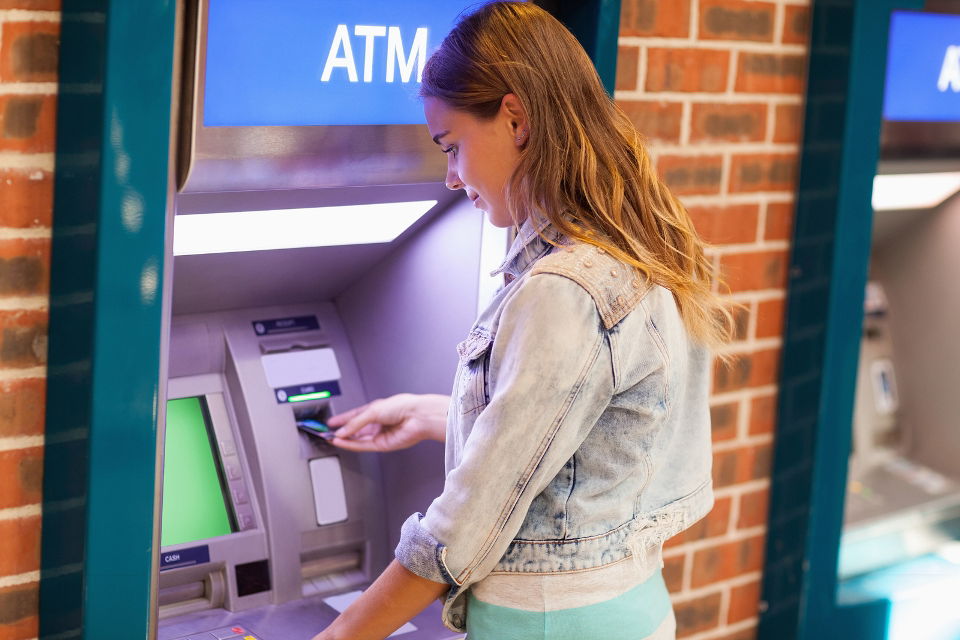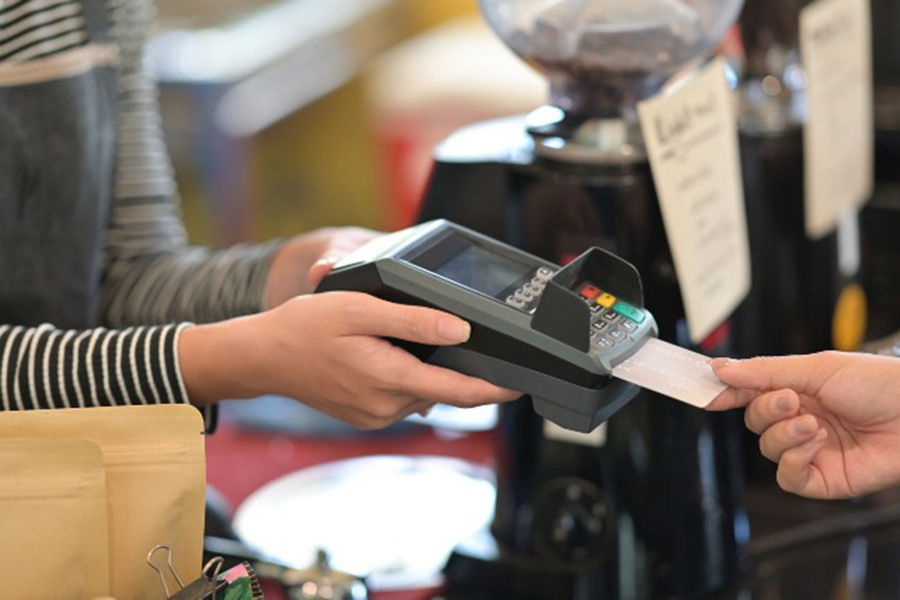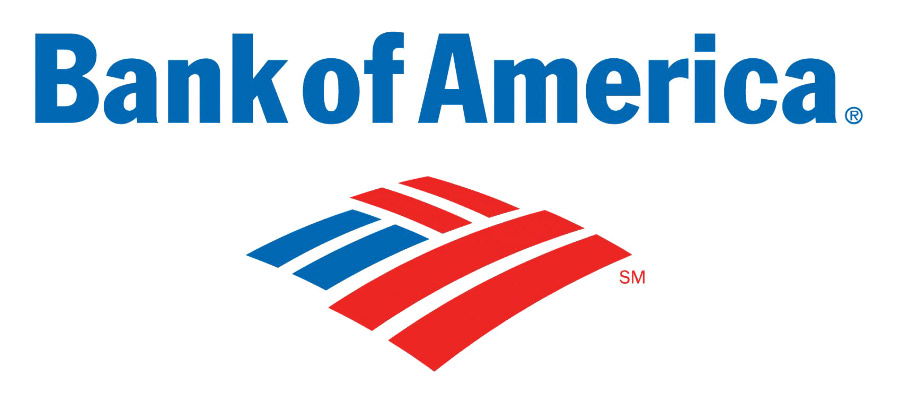As more people move to cashless payments, debit cards remain one of the easiest and most secure ways to manage daily transactions. From quick purchases to paying bills, debit cards offer a convenient way to access your money without handling cash.

Whether you’re new to using debit cards or looking to get one, this guide covers everything you need—from the types of debit cards available to simple steps on applying, activating, and avoiding fees.
Types of Debit Cards You Can Get
When it comes to debit cards, there’s no one-size-fits-all option. Each type offers unique features designed for different needs, whether you’re managing daily spending, sticking to a budget, or accessing specific funds. Here’s a quick look at the main types of debit cards, along with their benefits and any potential downsides to keep in mind.
Standard Debit Card
Standard debit cards link directly to your checking account, making them a straightforward option for everyday purchases and ATM withdrawals. Many banks offer additional perks like fraud protection, mobile access through their app, and contactless payment for faster transactions. You can easily access cash by inserting your card at an ATM, entering your PIN, and selecting the account to withdraw from. To avoid fees, it’s best to use your bank’s ATMs.
- Best for: Anyone with a checking account who wants easy access to their money for everyday spending.
- Potential Drawbacks: Standard debit cards usually require a checking account, which may come with monthly maintenance fees.
Prepaid Debit Card
Prepaid debit cards work a bit differently—you load money onto the card in advance and then spend only what’s on it. Unlike a standard card, you don’t need a bank account to use one, making it an option for those who prefer to skip traditional banking.
- Best for: People who want a flexible, budget-friendly card without a bank account. It’s also popular for teens or as a controlled budgeting tool.
- Potential drawbacks: Some prepaid cards charge fees for activation, reloads, and even monthly maintenance, so it’s essential to read the fine print.
EBT Card
EBT (Electronic Benefits Transfer) cards are issued by government assistance programs like SNAP and TANF. They’re specifically used to access benefits, allowing eligible individuals to make purchases at approved retailers.
- Best for: Those who qualify for government assistance programs and need a way to use their benefits conveniently.
- Potential drawbacks: EBT cards can only be used for specific items at authorized retailers, so they’re not as flexible as other debit card types.
Each type of debit card serves a purpose, so consider what works best for your lifestyle and spending habits before making a choice.
Benefits of Using a Debit Card
Debit cards offer a range of benefits that make managing your money easier and more secure. Here’s why debit cards are such a popular choice:
- Budget control: Since debit cards are tied directly to your bank account, you’re spending money you already have. This setup can help you stick to a budget and avoid the debt pitfalls that can come with credit cards.
- Fraud protection: Many debit cards come with built-in fraud protection, allowing you to report unauthorized transactions and secure your funds quickly. Banks often monitor for suspicious activity, adding an extra layer of security to your daily transactions.
- Convenience: With a debit card, you can make quick purchases, pay bills, and withdraw cash from ATMs without the need to carry cash. Plus, you can connect your card to a mobile app for easy account access and management. Many debit cards are also compatible with digital wallets, allowing you to add your card to apps like Apple Pay or Google Wallet for convenient, on-the-go payments.
- Widely accepted: Debit cards are accepted at most places where you’d typically use cash or credit, making them versatile and accessible for both in-person and online purchases.
You can learn more about the advantages of using a debit card in our detailed guide.
How much does a debit card cost?
Some banks and credit unions may charge you specific fees for issuing a physical card. When you open a checking account, you usually receive a debit card by default with no initial fee. However, in some cases, banks may charge a monthly or annual maintenance fee that covers the cost of providing and maintaining card services.
How to Get a Debit Card in Three Simple Steps
Getting a debit card is easy when you follow these straightforward steps. Here’s how to get started:
1. Choose a Bank and Open an Account
Start by researching banks or credit unions that meet your needs. Consider factors like fees, account features, and accessibility. Once you’ve found a good fit, open a checking account, either online or in person. Most banks will issue a debit card with the account automatically.
If you’re opening a joint account, you’ll need the other person’s information and their signature. You can add their details online or visit a teller to complete the application together in person.
2. Complete the Application
During the account setup, you’ll need to provide some personal details, including a valid ID, Social Security number, and proof of address. The bank may also require an initial deposit. Once your application is processed, the bank will send your debit card by mail or provide a temporary one right away.
3. Activate Your Card
When your card arrives, follow the activation instructions provided by the bank. This usually involves calling a phone number, using the bank’s mobile app, or completing a transaction at an ATM. Once activated, your debit card is ready to use for purchases and ATM withdrawals.
See also: What Is the Difference Between a Credit Card and a Debit Card?
Common Debit Card Fees and How to Avoid Them
Debit cards come with some common fees that can add up if you’re not careful. Knowing what fees to look for and how to avoid them can help you save money.
- ATM fees: Using an ATM outside your bank’s network usually incurs fees from both your bank and the ATM operator. To avoid this, use ATMs within your bank’s network or consider a bank that reimburses out-of-network ATM fees.
- Monthly maintenance fees: Some banks charge a monthly fee to maintain a checking account linked to your debit card. Check with your bank about any potential fees, as many offer ways to waive them, like setting up direct deposits or maintaining a minimum balance.
- Foreign transaction fees: When you use your debit card abroad, banks often charge a foreign transaction fee, typically around 1-3% of the purchase amount. Avoid these fees by opting for a debit card with no foreign transaction fees if you frequently travel.
- Overdraft fees: Overdraft fees are charged if your transaction exceeds your account balance. You can avoid this by setting up low-balance alerts in your bank’s mobile app and monitoring your spending. Many banks also offer overdraft protection if you link a savings account or credit card.
Debit Card Security Tips
Debit cards make transactions easy, but security is key to protecting your money. Here are practical steps to keep your card safe:
Tips for Card and PIN Protection
Keep your debit card details, including the PIN, private. Avoid sharing this information with anyone, and be cautious when entering your PIN at ATMs or payment terminals—always cover the keypad. Regularly monitor your bank account to quickly spot any unauthorized transactions and report them to your bank right away.
Safe Use of Technology
With the option to pay and manage your account digitally, it’s essential to practice secure online habits. Always use trusted, secure websites when making purchases and avoid entering card information over public Wi-Fi. Many banks offer account alerts to notify you of unusual transactions, which can be a helpful tool for keeping track of your account.
Steps to Take if Your Debit Card is Lost or Stolen
If your card is lost or stolen, report it to your bank immediately. Most banks will block the card to prevent unauthorized use and issue a replacement card. Be sure to update any recurring payments with your new card information to avoid disruptions. Record the date and time of your report, and monitor your account closely for any further unauthorized activity.
Bottom Line
Choosing the right debit card, staying aware of fees, and keeping your card secure can make a big difference in how effectively you manage your money. Remember to look for a debit card that fits your lifestyle, watch out for any potential fees, and take steps to protect your card details.
Whether it’s a standard, prepaid, or EBT card, making the most of your debit card can simplify your finances and help you stay on budget with confidence.
Frequently Asked Questions
What are the requirements to get a debit card?
To get a debit card, you’ll typically need to be at least 18 years old and have a valid checking or savings account with a bank or credit union. Minors can also get debit cards, but they’ll typically need a parent or guardian to co-sign the account.
How long does it take to receive my debit card?
Once you’ve opened an account and requested a debit card, most banks will send you the card within 7-10 business days. In some cases, you might even be able to get a temporary card right away at your local branch.
Can I get a debit card without a bank account?
Yes, prepaid debit cards are a fantastic option for those who don’t have a bank account or prefer not to link their card to one. Just load the card with funds, and you’re good to go. Here are some of the best prepaid debit cards on the market right now.
How can I choose the best debit card for my needs?
Consider factors like fees, rewards, account access, online banking, and customer service when selecting your debit card. Don’t forget to compare different banks and credit unions to find the one that aligns with your financial goals.




